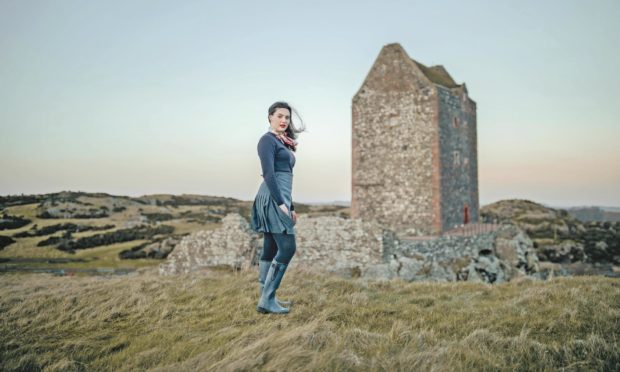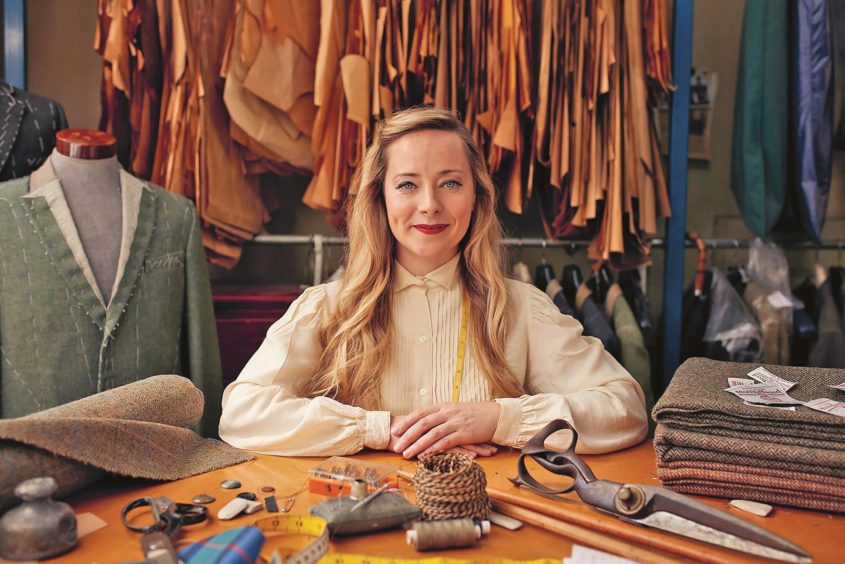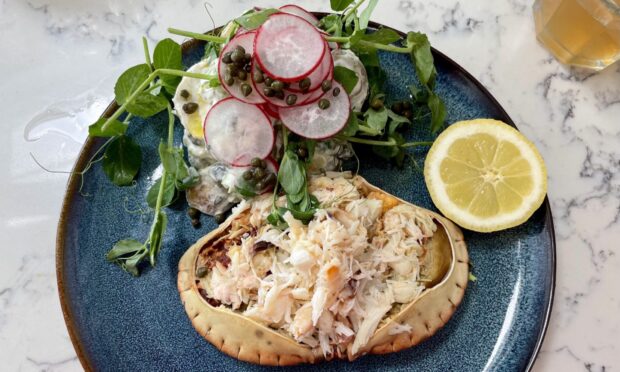From early childhood, Vixy Rae has been passionate about clothing and colour.
“My education nurtured this in me,” says fashion designer and author Vixy, who is the co-owner of Stewart Christie & Co in Edinburgh, Scotland’s oldest tailor.
“I was always creative and my love of dressing up and dressing my Sasha dolls at least in part steered me towards a career in clothing and textiles.
“My early days of ‘underground’ street wear – initially selling, then buying and finally designing – gave me my grounding in direction, trading and trends. And as I grew up and evolved, so did my designs and my taste.
“I never conformed to seasonal fashion, or believed in re-inventing for the sake of change. Rather, I had great admiration for independent thinking – for skill and craft, for the human, less mass-produced nature of hand tailoring,” she continues.
“So I suppose my career has been an education and a journey. What I came to believe in my heart was the need for sustainable ways of producing clothing, and to engage and encourage the next generation.
“These core values are what guided me to where I am now.”
Vixy’s new book, The Art of Tweed: From Weaver to Wearer, follows her first book The Secret Life of Tartan.
She explains: “After writing The Secret Life of Tartan, this felt like a book I had to get out there.
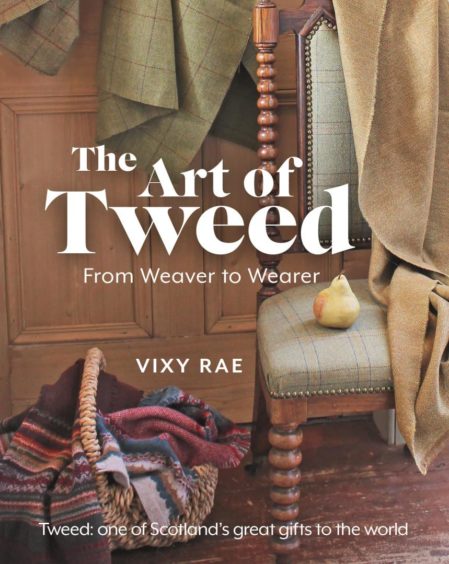
“Researching tartan for my first book was an education and an ‘adventure’, whereas tweed in all its forms comes so naturally to me.
“The Art of Tweed is something of a reflection of my working life up to this point. It includes history, heritage, contemporary fashion and old-style tailoring, along with snapshots of the cloth in its gloriously varied incarnations and the people who create and wear it.
“I don’t claim to know everything about tweed – nor about tartan – and every day is still a school day in one way or another.
“So this is me, so far, and I have a lot still to learn; I guess all my projects are quite personal, quite passionate, but in this one I brought – I won’t say ‘wove’! – them all together.
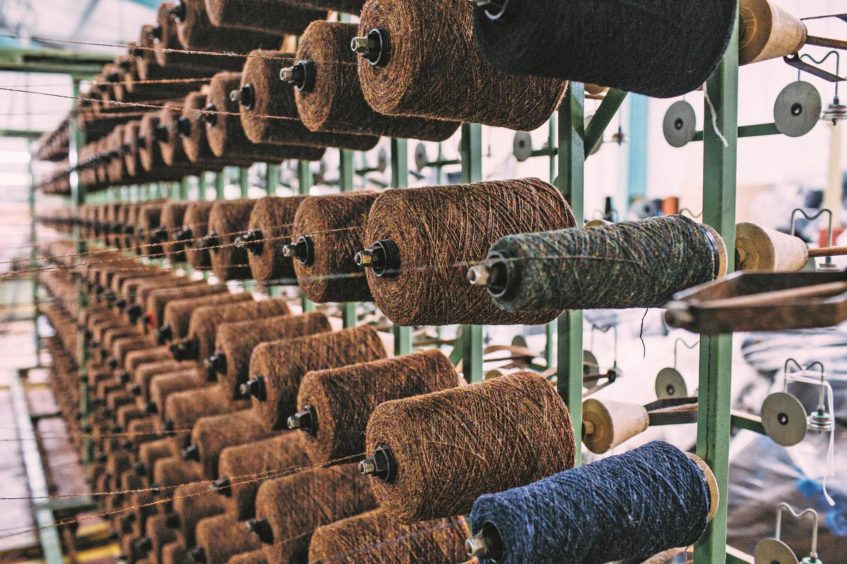
Vixy, who lives in Edinburgh, reveals that, subconsciously, the research for her latest book has been ongoing for the past decade.
“The people, the places, the styles, the models, the cloth and the history are all aspects of my life that encompass my work and my creations,” she explains.
“In a sense I have been writing this book each day for the past 10 years without even really realising it. It dawned on me when I was planning the chapters, who and what I needed to include and how far back all these connections stemmed.
“It fills me with pride: the connections I have made and the garments I have created.
“Writing The Art of Tweed, it was nice to pause and reflect, rather than always racing forward.”
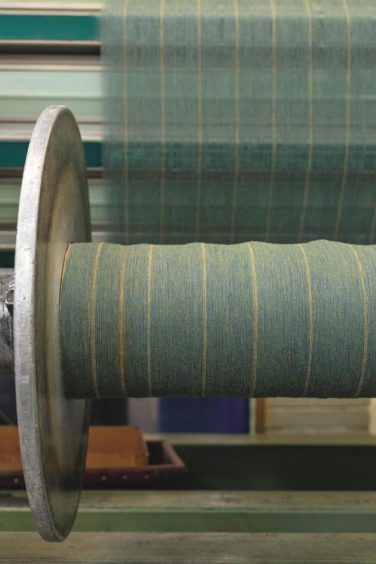
So what is the secret to tweed’s enduring and iconic appeal across the world?
“There is a romance of a lost age woven into the very idea of tweed, and no matter how modern the design, there are some solid foundations which tweed has evolved from,” says Vixy.
“The mere mention of tweed conjures up a wide spectrum of nostalgic pictures in my mind, and these help cement tweed’s iconic status. From early black and white photography to moving pictures, the texture and pattern of tweed stands out from other cloths.
“The golden age of cinema saw the heroes and heroines of the silver screen dress in tweed to capture differences in the season and the mood.
“Looking through some of the mill archives from the 1920s, I was surprised to see so many bold patterns and even brighter colours incorporated into the designs even back then.
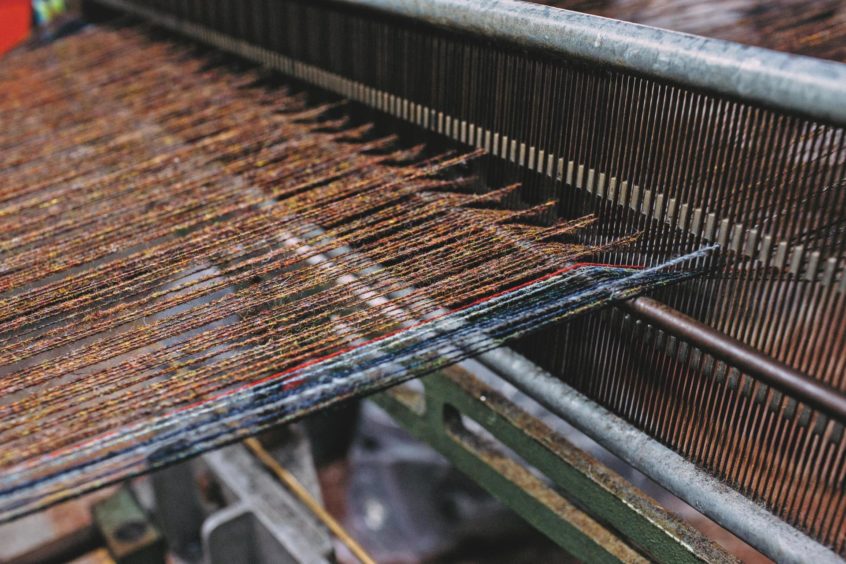
“Tweed has a timeless elegance that captures the spirit of a reliable durability, giving it a broad appeal and global recognition.
“In a world where we are so removed from the ‘process’ of creation, tweed is one of those rare commodities which can be traced through all its stages,” Vixy continues.
“From the sheep’s back to the customer’s back is something we joke about – but actually it’s true.
“The story of how it is made, all the stages and all the people involved, adds value to the cloth. From my first mill tour at Carloway Mill on the Isle of Lewis, I was captivated.
“Seeing how the depth of colour was created from a ‘recipe’ card, by shovelling coloured yarns into a gusty room to be mixed gave it a real honest and human quality. I am drawn to the concept that rules should be followed only insofar as they are ideas that can spark creativity.
“The ways in which the combination of colour and texture gives depth and variety within the cloth…that’s something that, to me, is close to magical,” she muses.
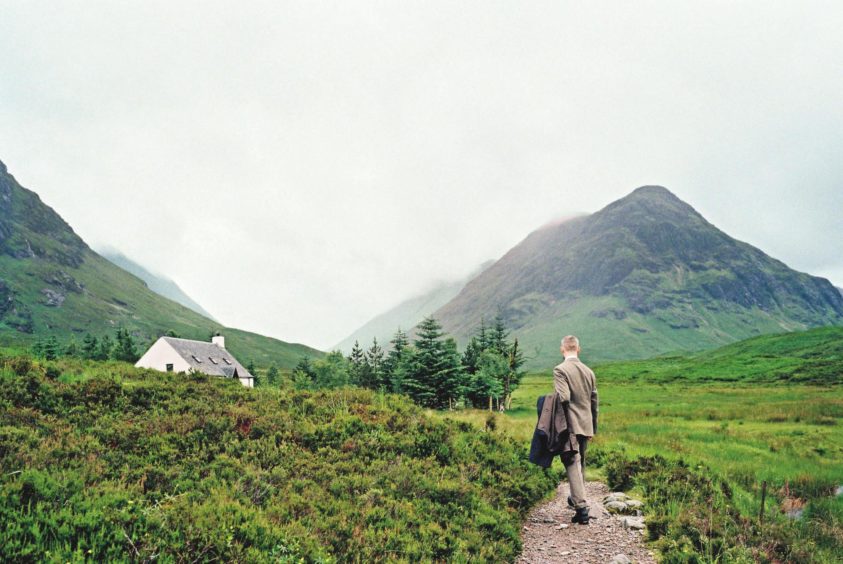
The word tweed apparently came about as the result of a 19th Century clerk’s error. “‘Tweel’ – Scottish for ‘twill’ – has been around since man – or very possibly woman – discovered that wool could be spun and woven,” says Vixy.
“From the dawn of clothing, ‘tweel’ was perhaps the first ever cloth to evolve after we humans wore the skins of animals!
“Tweed on the other hand is a more modern invention – a happy mistake which transformed the fortunes of ‘tweel’ from a coarse cloth into a durable and elegant giant.
“A mill clerk’s misspelling – ‘tweed’ for ‘tweel’ – in the 1830s was the turning point. The cloth has become a ‘must have’ fabric which now conjures up images of rolling hills and the meandering rivers of the Scottish countryside.”
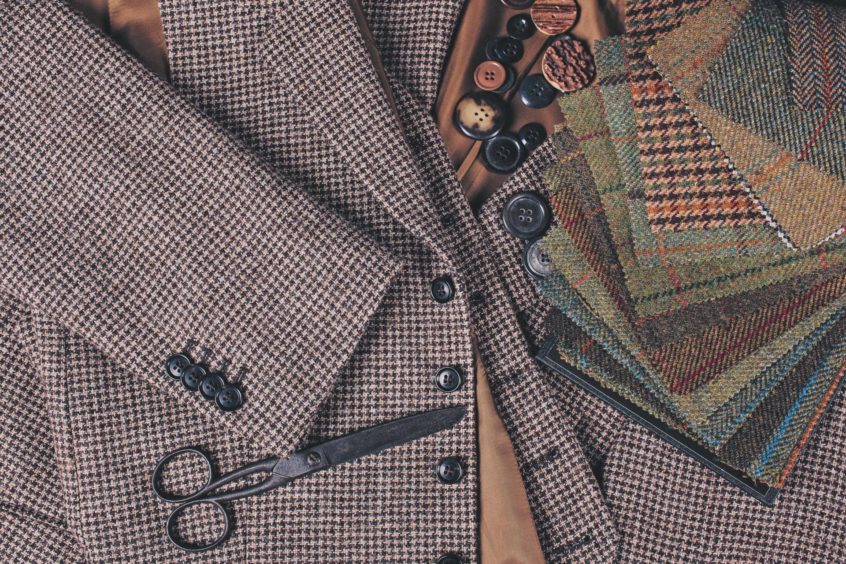
The Art of Tweed reveals how the cloth has many notable links with art, landscape and culture. “For me, the balance in the creation of pattern, colour and texture is an art in itself,” Vixy reflects.
“In the book I have looked at how the cloth has been used in cinema to reinforce characters and even helped to set new trends.
“Its ability to reflect the light and colours of the rugged Scottish landscape has always been central to tweed’s allure and appeal – it promises that rough and ready approach we see in countryside dressing.
“Beyond the rural, even in popular culture certain garments and looks are synonymous with people and characters both real and fictional. You only have to think of Richard E. Grant’s tweed coat in Withnail & I to see what I mean!” she smiles.
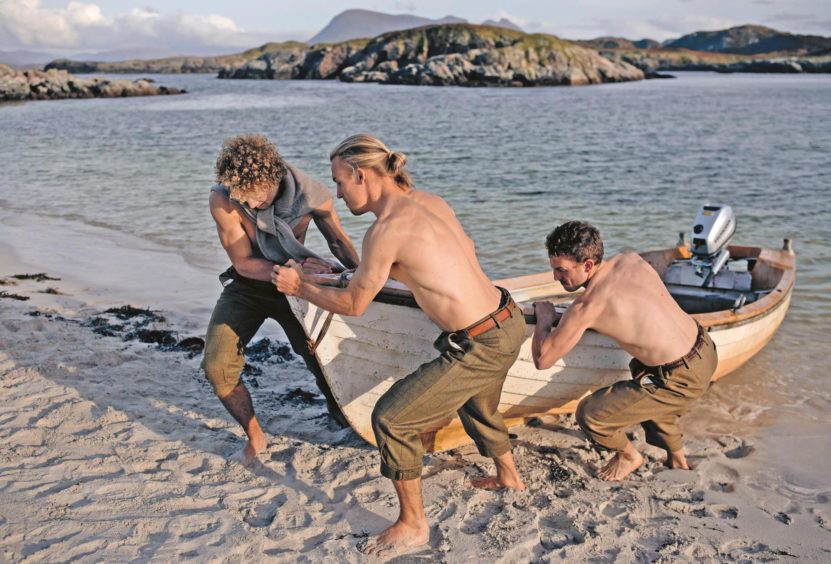
“You somehow know what to expect from tweed; its virtues are very much part of its make-up.
“I think this is why it is used and appears in such specific ways: tweed sets the scene, without having to say a word. Truly, nature’s camouflage.”
Vixy finds it difficult to choose a favourite tweed from the wealth of wonderful cloths out there.
“I suppose there is a tweed for every season, and I have many which I like simply because of their colour, texture and pattern,” she ponders.
“But my favourites are the ones which have a vintage feel, that have the human skill and energy behind them. Harris Tweed has to be the foundation for my tweed passion, and this resonates through the mills to the weavers in their tin huts.
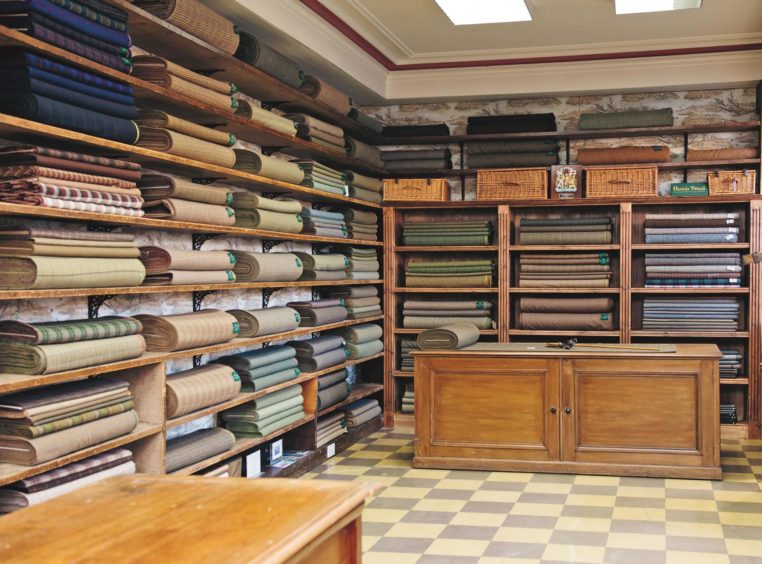
“But we are entering a new age of artisan entrepreneurs who are taking craft and making it both stylish yet sustainable: Prickly Thistle, Woven to the Bone and Skye Weavers are a few I should mention.
“These are all run by people with a passion for craft. They create wonderful, unique cloths in smaller quantities, and each metre tells a story all of its own.”
While 2020 has turned everything on its head for so many, the pandemic has given Vixy the chance to re-evaluate her working and home life and also to prioritise the staple collections for the coming seasons.
“We are now trying different ways to reach customers: there is lots of optimism around our tailoring, but life in the shop has quietened down,” she says.
“I’m exploring ideas around personal tailoring and developing an online platform where you can choose cloths and ‘build your own garment’. We now have a strong global following, but are sadly not quite able to offer this service, unless mask to mask.

“It is a long way from our bespoke service, but using online tailoring does give a twist of individuality beyond mass produced off-the-peg garments.
“My main focus now is in giving my ladies more options and attention with new styles, and also working on our ‘own brand’ collections and costumes for men, women and children – all hopefully with a stronger future online presence.”
What do you enjoy doing when you’re not working or writing?
In her rare spare weekends off, she likes to escape the city.
“I enjoy outdoor work: I’ve been helping out on an organic natural farming project, which is much better than any gym to me,” she smiles. “I find the ‘labour and fruitful wait’ of it all very gratifying.
“It’s kept me sane during the last eight months, time which I’m lucky enough to have been able to spend with my mum and son, just pottering around on the land.”
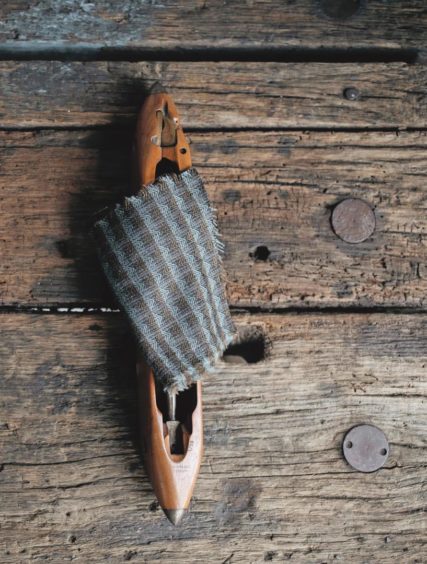
She hopes readers will enjoy The Art of Tweed as an easy-to-read book to pick up and dip into.
“For me, the photography and the styling, which I trust convey something of the ethos of my professional life as a tailor, is an element I particularly hope readers will relish,” she says.
“The imagery, together with the themes of my text, gives it quite a personal, intimate feel.
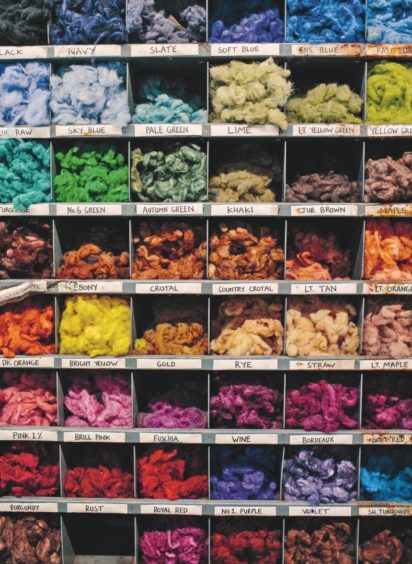
“I try to show how, if you use tweed in a modern way, you can still hold onto a little of its earthy nostalgia, while staying on trend. Tweed may have a deep history, and many people will naturally be drawn to its heritage, but the flipside is that it is constantly re-invented each autumn/winter in one guise or another.
“The possibilities of tweed are endless!”
The Art of Tweed: From Weaver to Wearer by Vix Rae is published by Black & White Publishing, £14.99.
